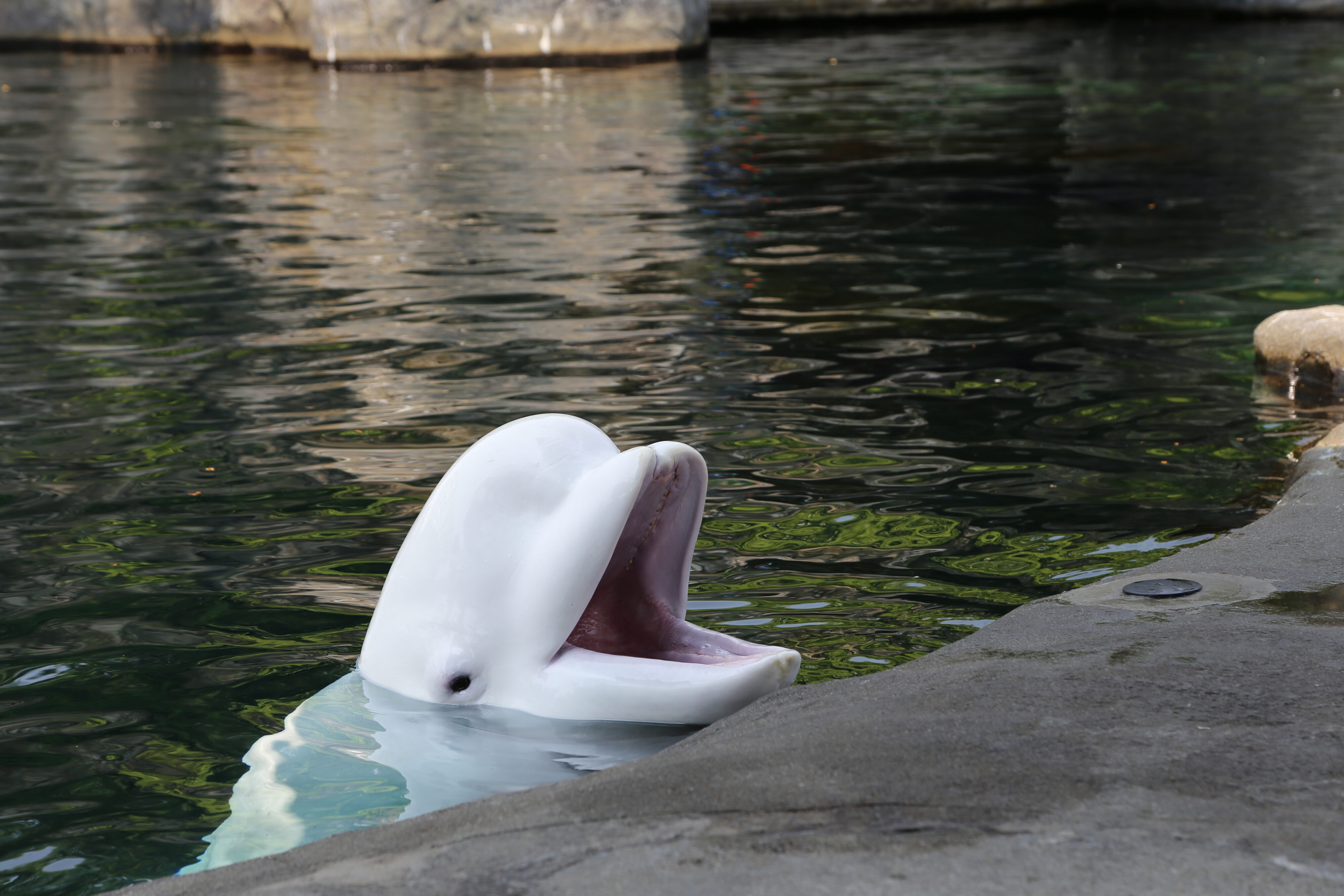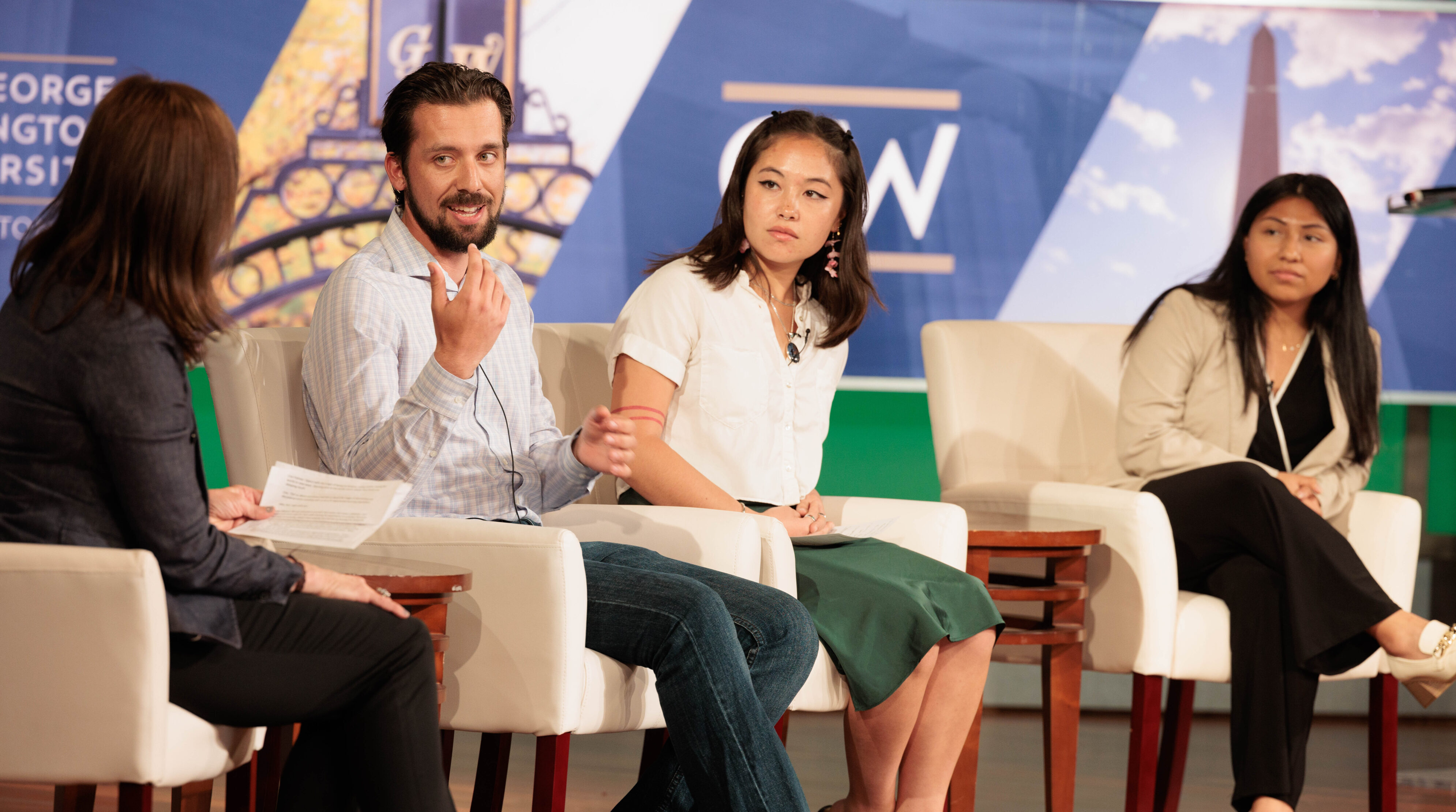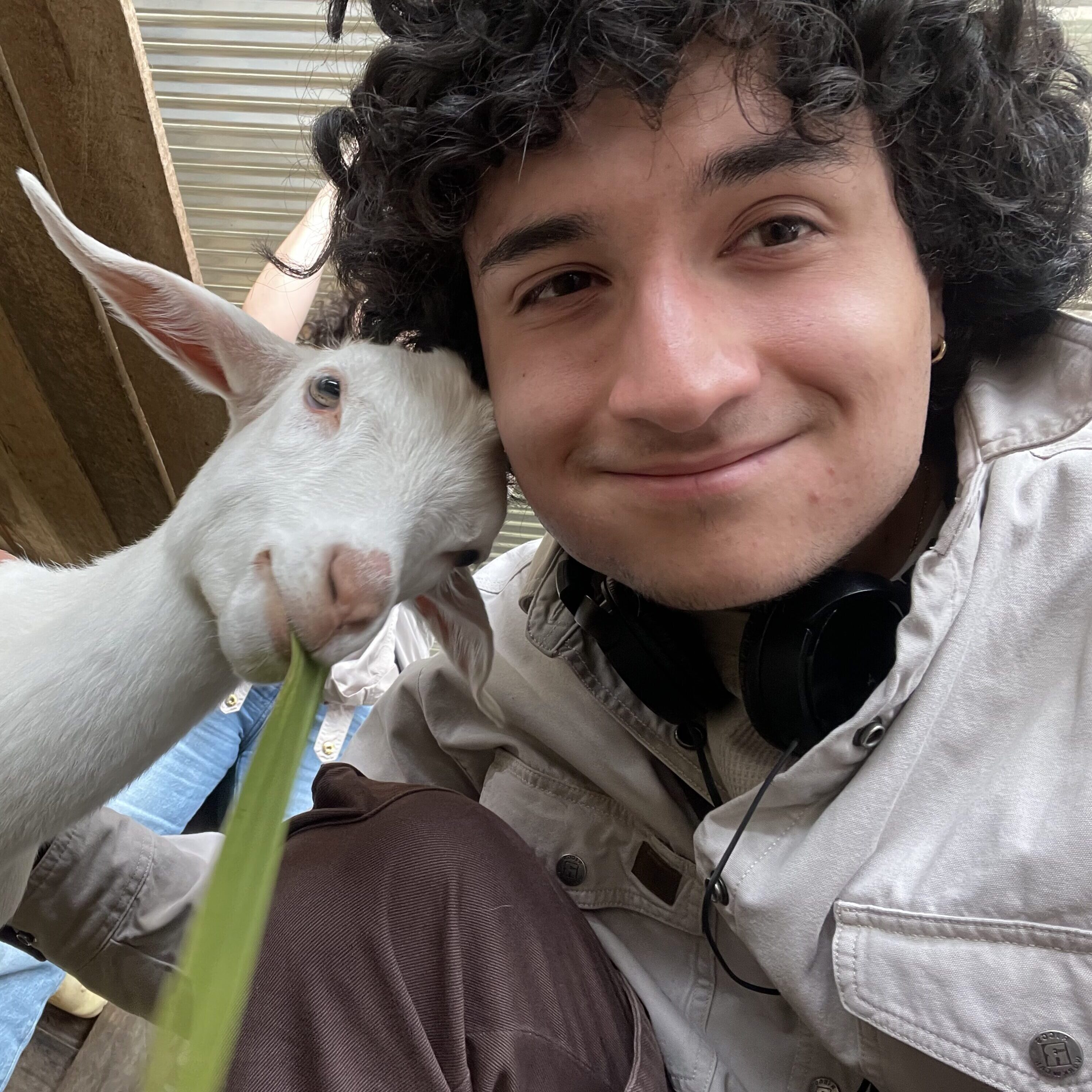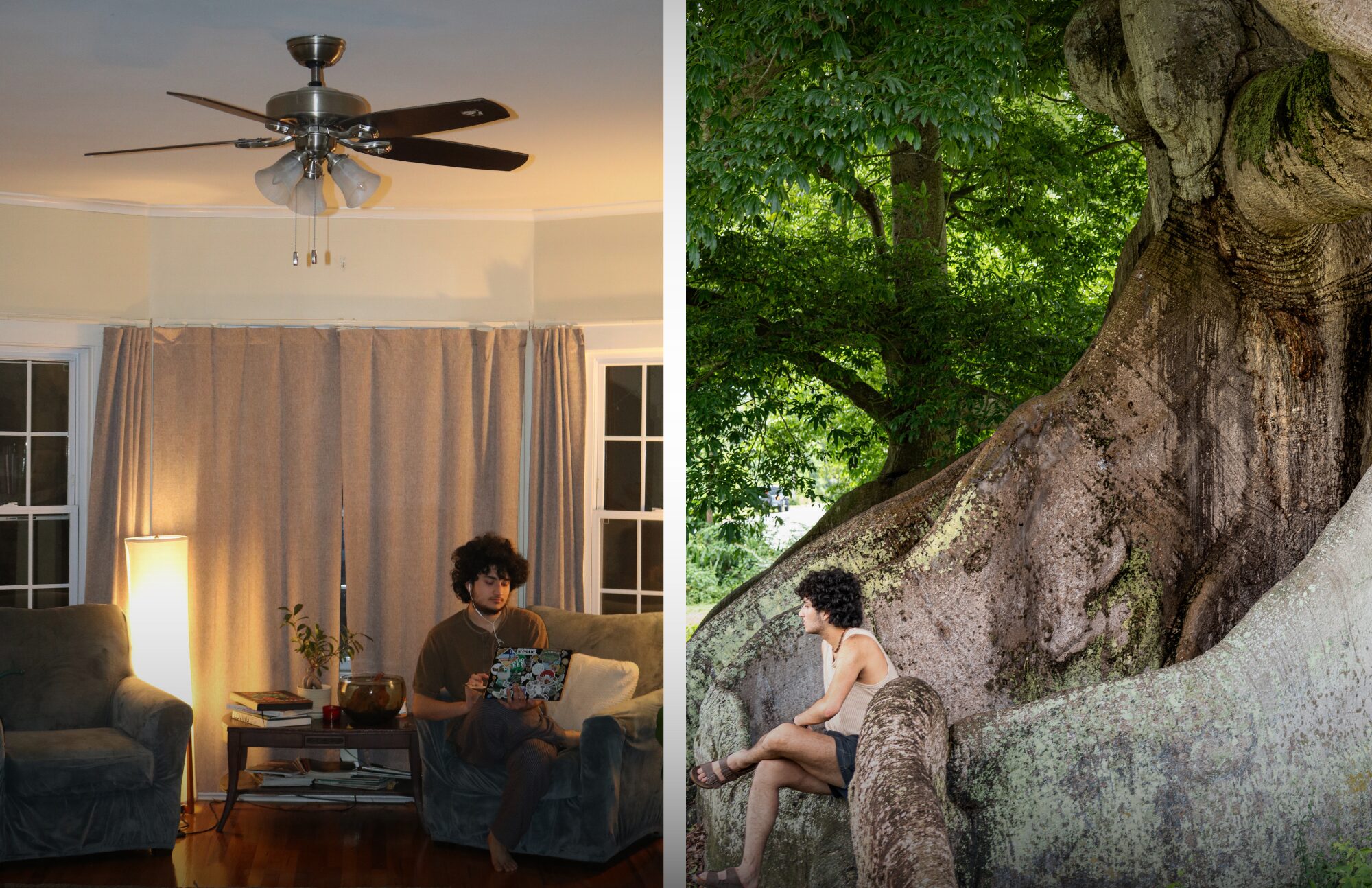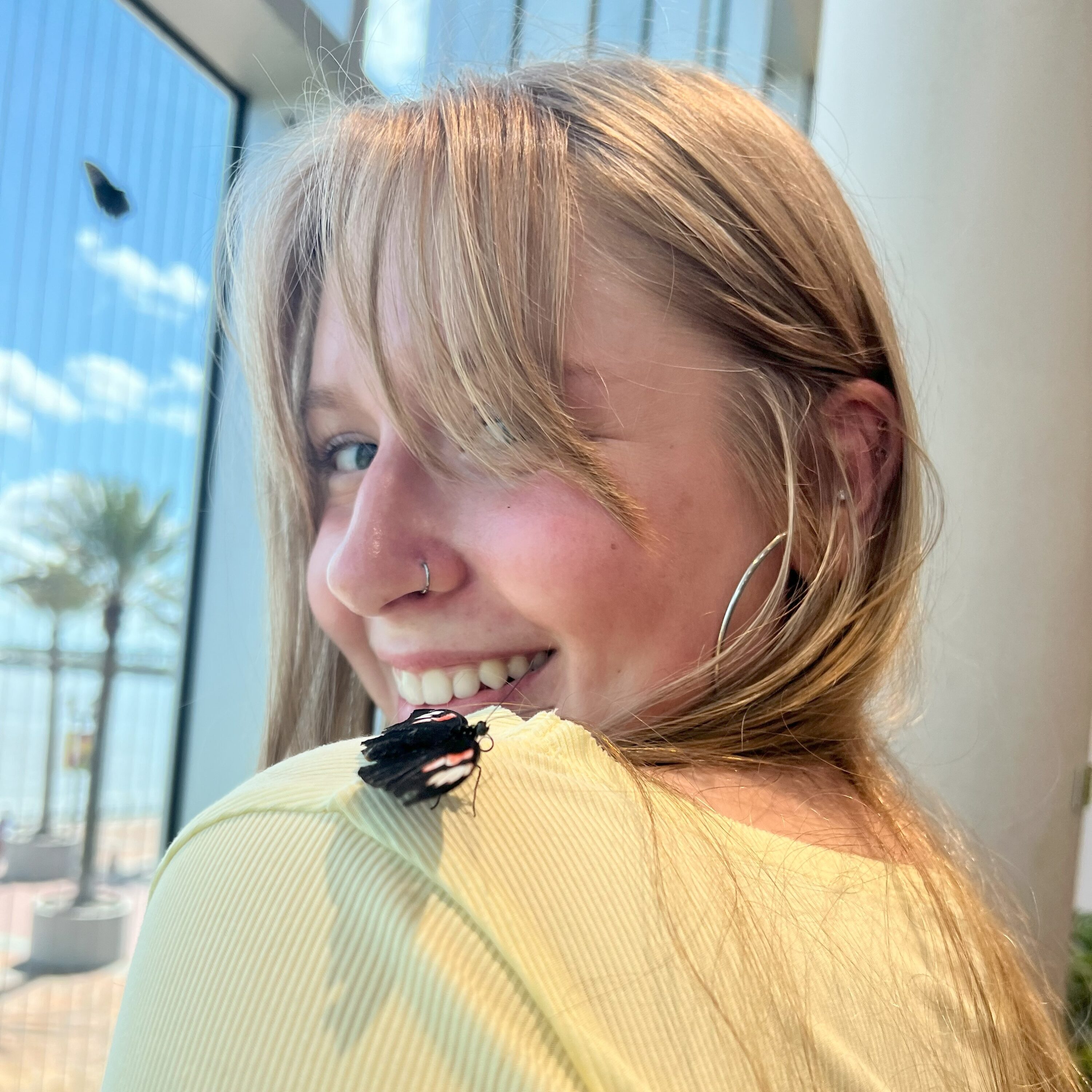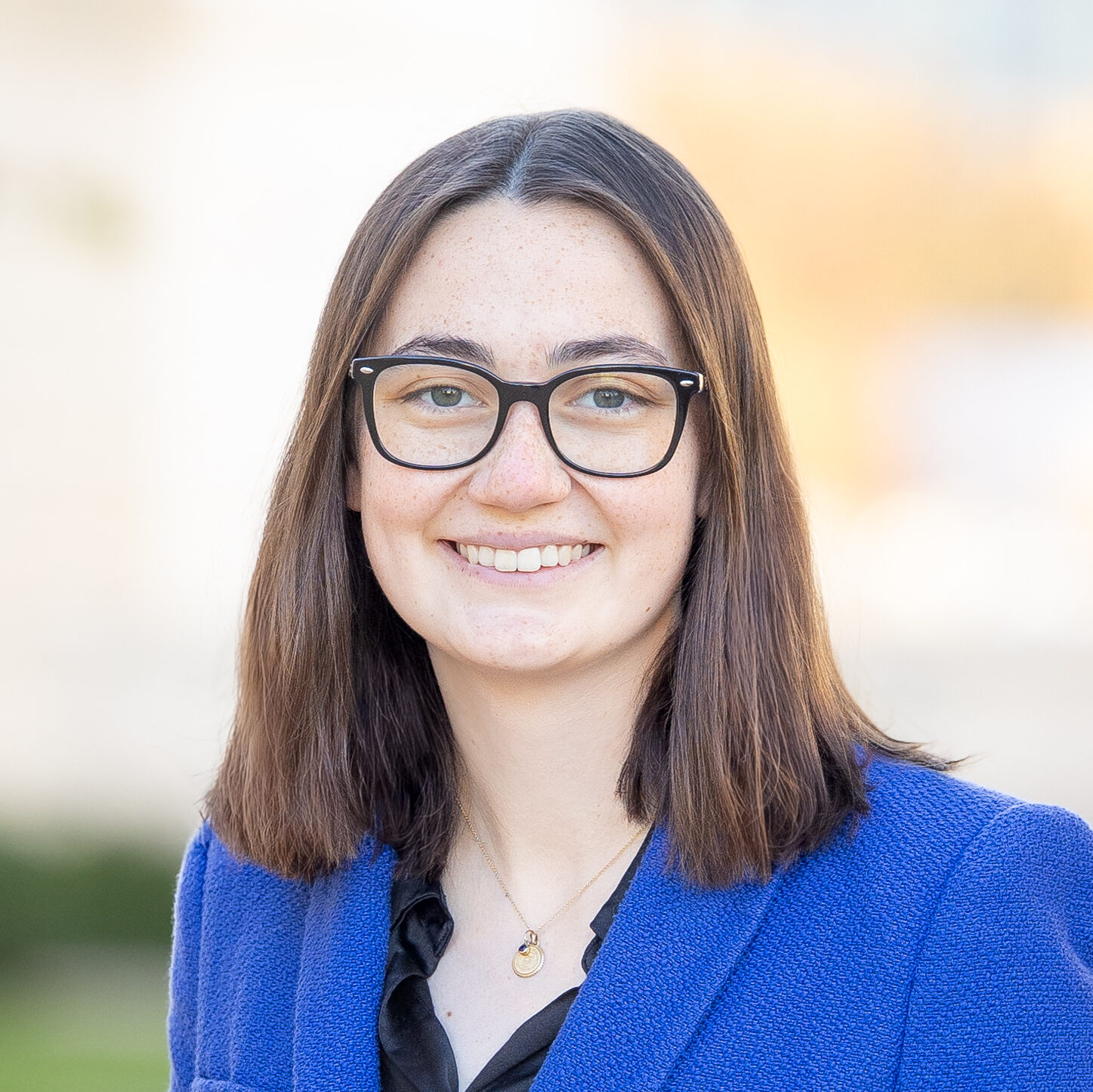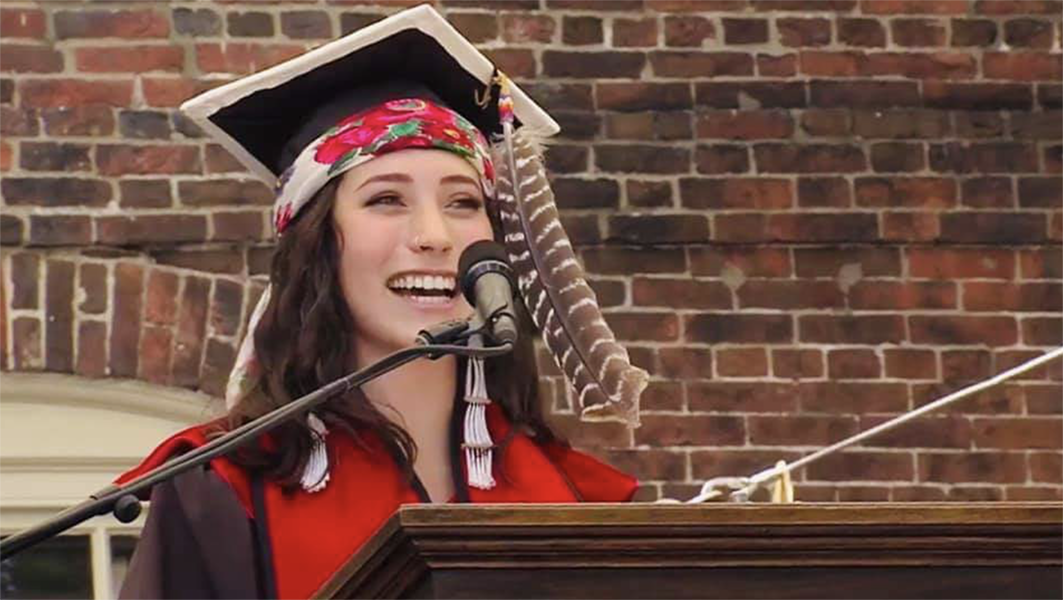
Where the Youth Climate Summit fell short: Q&A with Ruth Miller

When we think about climate change, we often fail to reconcile habitat destruction with the indigenous peoples who inhabit today’s most vulnerable natural landscapes. Not only have they ardently defended our forests, oceans, waterways, and carbon sinks, but in the process, they have seen unfathomable brutality from governments and industrial corporations who seek to exploit these resources, their vitality. Take the military dictatorship in Brazil from 1964 to 1985 that slaughtered 8,350 indigenous men, women, and children inhabiting the Amazon rainforest all because an army envisioned a commercial powerhouse in their place.
As developed nations continue to draw up lofty blueprints of expanded industrialization, one no longer needs to turn an eye on history to find examples of environmental injustice. How about the scheduled drilling of the pristine Arctic Wildlife National Refuge or the destruction of the Tongass National Forest in Alaska? Maybe the recently approved Kinder Morgan Trans-Mountain Pipeline System rings a bell, sending crude oil through established First Nation territories in Alberta? With every baseless federal proposal and every entangled tribal nation, the line is thinning between indigenous rights and climate activism.
Or, at least, so says Ruth Miller, a recent Brown graduate and Dena’ina Athabaskan Alaska Native youth leader leading the charge for indigenous representation in the ongoing global climate change debate. I had the pleasure of chatting with Miller about her thoughts on the Youth Climate Summit on Sep. 21, which she attended at the U.N. Headquarters. Her responses elucidate the progress we’ve made as an international community and, just as saliently, how far we have yet to go.
Q: The Youth Climate Summit on the 21st made ample mention of Small Island Developing States and the unfair climate burden they are being subjected to. But, do you think there was enough talk of indigenous communities in the U.S. and Canada, and how their climate concerns are not being addressed?
A: I found that the U.N. Youth Summit was seriously lacking in productive action. I believe that there was a lot of lip service paid. From a youth perspective, I think that it was almost a convening to let off steam, because what are global leaders going to walk away with from this? That youth care about the environment? Well, we’ve been saying that in many different ways for years. If our protests did not make that clear, if our entire movement did not make that clear, this conference did not particularly feel like it added more perspective.
There were not many indigenous youths attending. Those that I was lucky enough to meet were equally frustrated. Many were not given particular access to, for instance, the Global Leaders Summit on Monday, things that might initiate serious and impactful dialogue about what can be changed. And to me, it was not only this underrepresentation of indigenous people, but the only mention of indigenous people that I saw at the UN felt to check a box. If actual inclusion and acceptance was a priority for the U.N., then I would have expected to see many more youths who have been feeling the front lines of these climate change issues for years, not only the youths articulate enough to speak at a conference, but also the youth who have been chaining themselves to pipelines, who are protesting now in Mauna Kea. And the youth who may not be able to pay their way to a summit like this, for whom it may not be acceptable to miss school. There are so many different kinds of involvement that could have been made acceptable and weren’t. For me, the only real Indigenous recognition that I witnessed was an opening prayer.
Q: About this youth caucus, in what way did they not adequately address the problems that indigenous communities encounter? Was it that they weren’t the true representatives or victims of climate change?
A: I would not put the blame on those individuals, on those youths who are taking the time and energy and sacrifice to occupy these spaces. For me, the blame is much more on the fact that they were not given a platform, they were not given an opportunity to integrate their wealth of knowledge and their experience into a space like a climate summit that is not decolonized and indigenized. If youths, particularly indigenous youths, had been given a workshop, a lecture, a session, anything that would have been able to communicate the importance of integrating indigenous youth voices. But I didn’t see any meaningful engagement with what it means to center indigenous voices in the climate change struggle. The only deep decolonization work that I saw in my time involved with these issues in New York was at the March for the Climate on Friday, Sept. 20, when Indigenous youth did take the stage in front of hundreds of thousands of people, to talk about their communities, their issues, what they were doing and what they recommended others to do. That was beautiful and that really set the bar that the United Nations did not meet.
Q: I’m astounded that they didn’t have a indigenous communities panel, I just assumed that they would.
A: It’s almost a dangerous assumption, right? And I was almost scolding myself, like ‘Ruth, you knew you would be disappointed. Why are you surprised?’ You know, I’m committed to being in this space; this is my third summit that I’ve attended at the United Nations in the past year. I came from Alaska! I had this hope and I’m deeply frustrated that this organization with global leverage, with the resources, with the funding can’t do better, honestly. And I think it’s more important not to just complain about what patterns, what habits those in power are replicating that are maintaining this unsatisfying status quo and think about what can be changed. So, for instance, this whole Youth Summit was not facilitated and it did not appear to be organized by any youth. The entire program, the schedule of events, everything — I admit I do not know how those events were decided upon, but zero part of it was facilitated or led or moderated by a youth representative, so it almost felt like a playground.
These older adults setting a schedule for what we would be listening to, where we would be sitting, and I don’t even want to say what we would be talking about because we didn’t particularly have any opportunity for dialogue. The breakout sessions were focused on how to make a viral video and how to use Instagram effectively, which is fine and useful. I definitely don’t know how to do that. But why in the world are we sitting down and learning how to make a viral video when we are being invited into this extremely elitist space as global leaders — we’re not being treated as such.
What could have been so much more effective would have been workshops to increase the network-building amongst these youth or breakout sessions that were regionally-specific or issue-specific, saying let’s have this room devoted to adaptation to climate change in urban centers, let’s have all the youth who work towards that, who are doing incredible, mind-blowing, innovative projects to solve these problems. That’s why they’re here. Let’s have another room for those who are confronting climate change in the Arctic and in each of these rooms. Let’s set community norms and standards of accountability that we will take into account the fact that we are not representative of all the youth who are experiencing these issues on a day-to-day basis. We are simply those who got enough attention to be invited to a space like this. Like, let’s acknowledge how we can decolonize our own institutions and organizations when we leave here. Let’s talk about how we can bring other people up with us because none of this happens outside of community and none of this matters if you’re not uplifting the community that got you here.
If I can come up with this off the top of my head in two seconds, did no one think about how to make this conference more effective and not just an entertaining playground for a day? I definitely got the impression that they expected us to be grateful and satisfied to just to go to the U.N. No! We are demanding action, we are demanding measurable, meaningful, and permanent change. And it was frustrating, it was extremely frustrating to never have an opportunity for dialogue. I am grateful that I had the opportunity to go. It’s an opportunity that most people I know have not had. But what do I bring back to my community after (the conference)? I met some amazing individuals who are doing really cool work. How do I help the people in Alaska who are facing the life-changing impact of climate change today? Like it’s really cool to invite students who are working on this issue, but why are we not speaking to the people who are living this issue?





